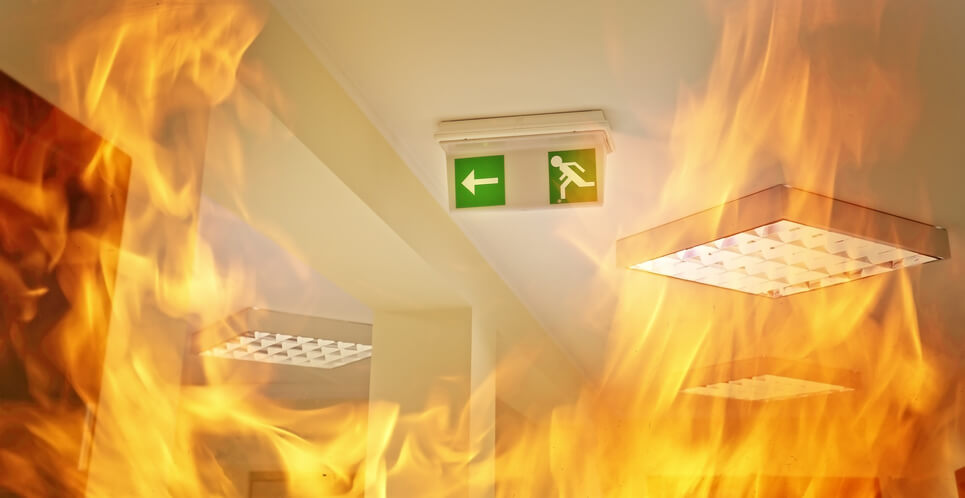In an increasingly unpredictable world, the importance of a thorough fire risk assessment cannot be overstated. Fires can devastate properties, disrupt lives, and even tragically claim lives. As such, understanding how to evaluate and mitigate fire risks effectively is essential for homeowners, business owners, and safety professionals alike. This article will guide you through the critical steps of conducting a fire risk assessment—a process that demands a keen eye for detail as well as a systematic approach.
From identifying potential hazards and understanding the specific needs of your environment to implementing preventive measures, each stage plays a vital role in safeguarding lives and assets.
Whether you are acting on behalf of a large organization or simply securing your family home, mastering the nuances of fire risk assessment is a fundamental skill that can make all the difference in a time of crisis. Let’s dive deep into the methodology that can help illuminate hidden dangers and foster a culture of safety.
What is a Fire Risk Assessment?

A Fire Risk Assessment is a systematic evaluation aimed at identifying potential fire hazards within a building or property while assessing the associated risks they pose to occupants and assets. This evaluative process encompasses various elements, including the examination of the structure itself, the activities conducted within, and the materials present that could contribute to fire dangers.
It is not merely a checkbox exercise; it requires a keen eye and an in-depth understanding of fire safety principles. By analyzing and prioritizing risks, organizations can develop effective strategies to mitigate them, implement essential safety measures, and ensure compliance with fire safety regulations. Ultimately, a thorough risk assessment acts as a cornerstone for a comprehensive fire safety plan, safeguarding lives and property from the destructive power of fire.
Legal Requirements and Standards for Fire Risk Assessments

In the realm of fire safety, adhering to legal requirements and standards for fire risk assessments is paramount. Regardless of size or industry, every organization is mandated to comply with local fire safety regulations, which often stem from national legislation.
For example, the Regulatory Reform (Fire Safety) Order 2005 in the UK necessitates that a suitable fire risk assessment be conducted, ensuring that hazards are identified and mitigated. This process must consider various factors, such as the nature of the premises, the activities that occur within, and the potential risks posed to occupants and property.
Additionally, specific standards, like those set forth by the National Fire Protection Association (NFPA) in the U.S., provide guidance on best practices for conducting these assessments.
It is crucial not only to meet these legal obligations but also to stay updated on any changes in legislation, as failing to do so can lead to dire consequences, including potential legal liabilities and, more critically, endangering lives. Thus, a thorough understanding of these requirements is essential for anyone entrusted with this vital responsibility.
Creating an Effective Fire Safety Plan

Creating an effective fire safety plan requires a comprehensive approach that considers all aspects of fire risk and emergency response. At its core, the plan must identify potential fire hazards within your premises, whether they stem from faulty wiring, flammable materials, or inadequate emergency exits.
Equally crucial is the establishment of clear, accessible evacuation routes and assembly points to ensure everyone can exit the building quickly and safely in the event of a fire. Training staff in fire drills and emergency procedures fosters confidence and readiness; after all, a well-prepared team can make the difference between chaos and calm when every second counts.
Additionally, regular reviews and updates of the plan, prompted by changes in personnel, layout, or equipment, keep safety measures relevant and effective. Engaging external experts for insights or audits can provide new perspectives and reinforce your commitment to safety. Ultimately, a robust fire safety plan is not just a document. It’s a culture of safety that empowers everyone to act decisively and protect lives and properties.
Conclusion
In conclusion, conducting a thorough fire risk assessment is vital in safeguarding both lives and property from the devastating effects of fire. By systematically identifying potential hazards, evaluating existing preventative measures, and implementing effective mitigation strategies, you create a safer environment for both occupants and structures.
It is essential to stay vigilant and regularly update your assessment to account for any changes in building use or occupancy. Additionally, integrating specific evaluations, such as cladding fire risk assessment, ensures that all aspects of fire safety are comprehensively addressed. Ultimately, a proactive approach to fire risk assessment not only complies with regulations but also fosters a culture of safety and awareness that can save lives and protect valuable assets.




